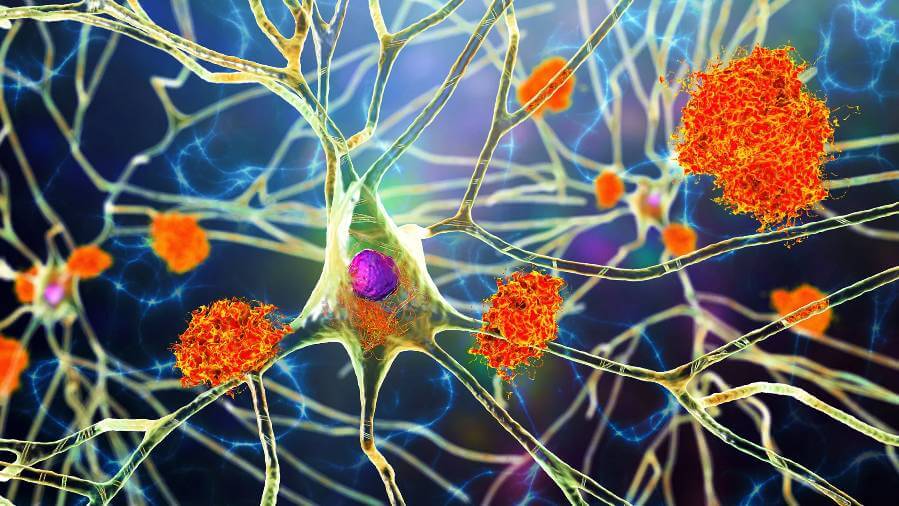Summary: Researchers have identified common and distinct molecular markers across Alzheimer’s disease, frontotemporal dementia, and progressive supranuclear palsy, potentially revolutionizing our understanding and treatment of these disorders.
Estimated reading time: 6 minutes
A new study has uncovered shared and unique cellular mechanisms across three major forms of dementia, offering fresh insights into these devastating neurological disorders. The research, led by scientists at the University of California, Los Angeles (UCLA), marks a significant step forward in our understanding of how different types of dementia affect the brain at the cellular level.
The study, published in the journal Cell, analyzed over one million individual brain cells from 41 participants, focusing on three types of dementia: Alzheimer’s disease (AD), frontotemporal dementia (FTD), and progressive supranuclear palsy (PSP). By examining multiple brain regions and comparing different disorders, the researchers identified both common features and disease-specific changes that could lead to new therapeutic approaches.
Shared Vulnerabilities and Unique Signatures
Dr. Daniel Geschwind, the study’s senior author and a professor at UCLA, explained the significance of their approach: “This work provides new insight into the mechanisms of neurodegeneration and identifies new candidate pathways for development of therapeutics.”
Unlike previous studies that typically focused on a single disorder and brain region, this research examined three related conditions across multiple areas of the brain. This comprehensive approach revealed 32 cell types with shared disease-associated changes and 14 that were specific to individual disorders.
The team discovered that different dementias affect distinct types of neurons:
- Alzheimer’s disease primarily impacts layer 5 intratelencephalic neurons
- Frontotemporal dementia affects layer 2/3 intratelencephalic neurons
- Progressive supranuclear palsy targets layer 5/6 near-projection neurons
These findings help explain why symptoms can vary significantly between different types of dementia, despite their shared underlying feature of neurodegeneration.
Genetic Risk and Cellular Vulnerability
One of the study’s most intriguing discoveries was how genetic risk factors for these diseases relate to specific cellular changes. Dr. Jessica Rexach, the study’s first author, noted that this finding “opens new avenues for understanding why and how certain genes influence the risk of developing one brain disease over another closely related condition.”
The research identified four genes that marked vulnerable neurons across all three disorders, highlighting potential targets for developing treatments that could address multiple forms of dementia.
Why It Matters
This research is crucial for several reasons:
- It provides a more comprehensive understanding of how different dementias affect the brain, which could lead to more targeted treatments.
- The identification of shared mechanisms across multiple disorders may allow for the development of therapies that could benefit patients with various types of dementia.
- By pinpointing disease-specific changes, the study opens up new avenues for personalized medicine approaches in dementia treatment.
With over 28 million people worldwide affected by Alzheimer’s, FTD, and PSP combined, and no current cures available, this research offers hope for more effective treatments in the future.
Unexpected Findings and Future Directions
The study yielded several surprising results that challenge our current understanding of dementia:
- Changes in the primary visual cortex: The researchers found alterations in brain cells in an area previously thought to be unaffected by dementia, suggesting that these disorders may have wider-ranging effects than previously believed.
- Cellular resilience programs: The team discovered that molecular mechanisms supporting cells in response to injury activated differently across the three disorders, providing clues about why some brain cells are more vulnerable than others.
- Specific changes in PSP: The study identified unique alterations in tau-related genes in progressive supranuclear palsy, which may explain the distinct pattern of brain cell degeneration observed in this condition.
Dr. Rexach emphasized the potential impact of these findings: “We have created an extensive data resource that paves the way for identifying and exploring new therapeutic candidates for neurodegenerative dementias.”
The research team plans to conduct further experiments to validate their findings and explore their causal nature. They hope their work will inspire similar cross-disorder studies, potentially leading to breakthroughs in our understanding and treatment of various neurodegenerative diseases.
As we continue to unravel the complex mechanisms underlying different forms of dementia, this study represents a significant step towards more effective, targeted therapies for millions of affected individuals worldwide.
Quiz:
- Which three types of dementia did the study focus on?
- How many shared disease-associated cell types did the researchers identify?
- What unexpected finding did the study reveal about the primary visual cortex?
Answer Key:
- The study focused on Alzheimer’s disease, frontotemporal dementia, and progressive supranuclear palsy.
- The researchers identified 32 shared disease-associated cell types.
- The study found changes in cells of the primary visual cortex, an area previously thought to be unaffected by dementia.


